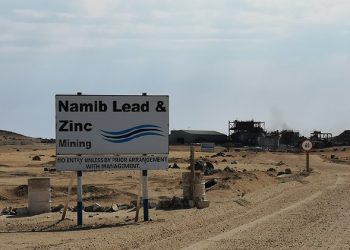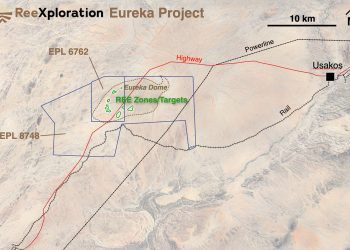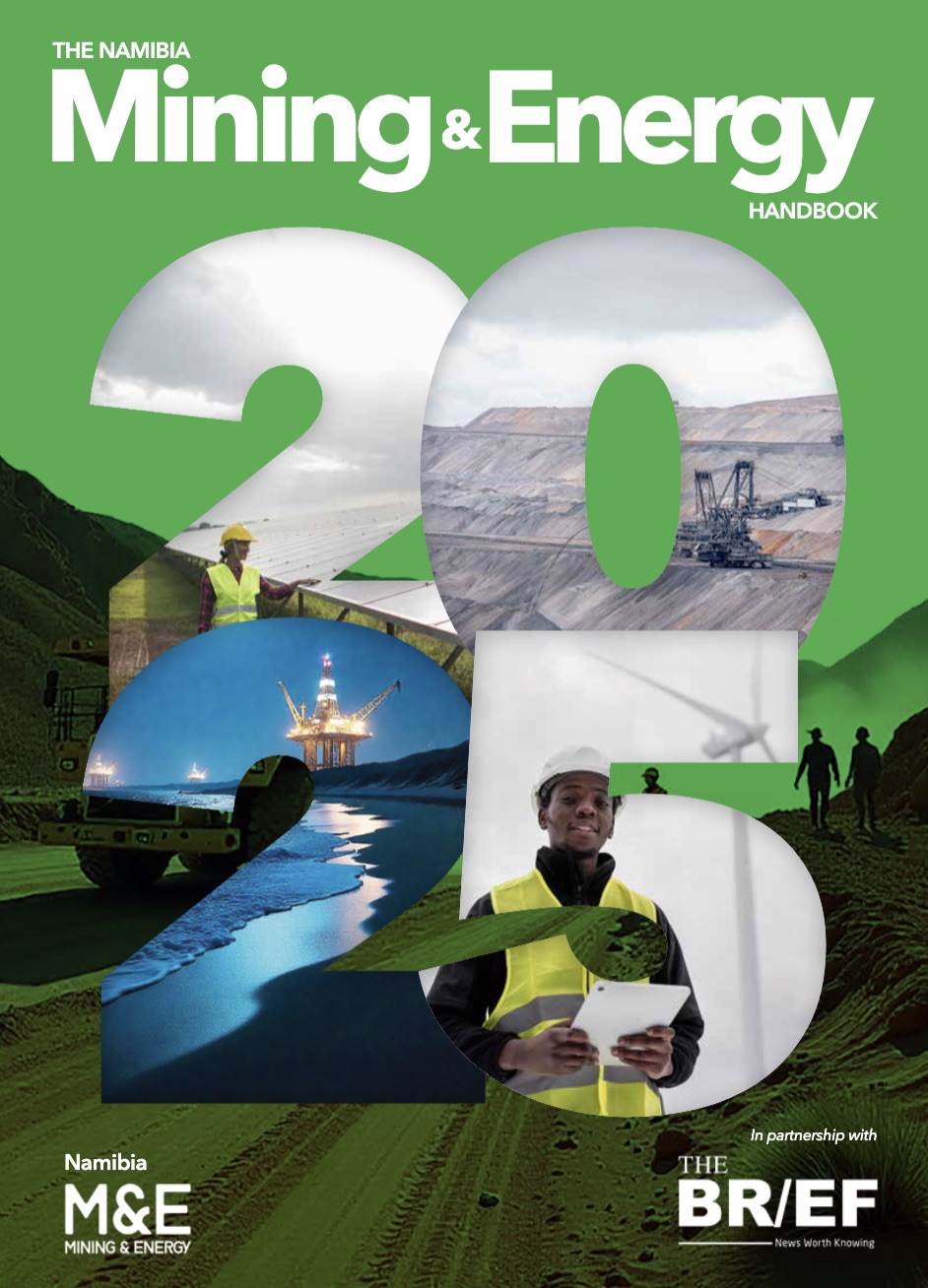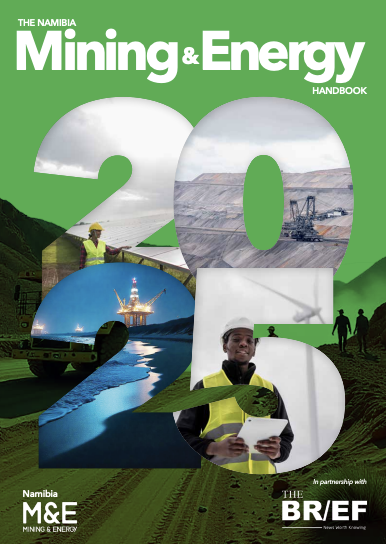
Namibia’s mining sector has a development pipeline valued at more than N$48 billion in combined capital expenditure, expected to create 18,148 direct jobs over the next four years, according to Irvinne Simataa, 2nd Vice President of the Chamber of Mines of Namibia and Executive Vice President of Swakop Uranium.
Simataa said the sector is entering a major growth phase driven by new projects and expansions worth over US$2.865 billion.
“Over the next four years, Namibia’s mining sector is positioned for significant expansion through new projects and strategic expansions representing over US$2.865 billion in combined capital expenditure, with direct job creation potential exceeding 18,148 positions,” he stated.
Gold developments are leading part of this growth, including Osino Resources’ Twin Hills Mine, the Navachab underground expansion, and B2Gold’s underground project.
In uranium, the Rössing Uranium Z20 expansion, Husab Leach Project, Reptile Mineral Resources’ capacity enhancement, and Bannerman’s Etango Project are advancing production.
Simataa said infrastructure and processing facilities are also central to the expansion drive, with the Sinomine Tsumeb Smelter being converted for multi-metal refining and the Husab NamWater desalination plant providing critical water infrastructure to support growth.
“Timely regulatory approvals, streamlined visa processes for specialised skills, and strengthened local workforce capacity through enhanced vocational training, together with NamPower’s efforts to expedite electricity supply solutions and include Vedanta in negotiations with Eskom, remain key enablers for realising these investments,” he added.
He said approval of marine phosphate mining could further transform the sector by creating a fully integrated phosphate industry with substantial employment potential.
“Approval of marine phosphate mining has the potential to create 50,000 jobs, 5,000 direct and approximately 45,000 indirect, through the establishment of a fully integrated phosphate sector,” Simataa said.
The mining sector contributed 13.3% to Namibia’s GDP in 2024, generating N$7.3 billion in fiscal revenue and providing 20,800 direct jobs.
It also accounted for more than half of national foreign-exchange earnings, valued at N$48 billion, and supported about 145,900 indirect jobs.
“In 2024, large-scale mining accounted for over half of Namibia’s foreign-exchange earnings, demonstrating its critical role in economic stability,” Simataa stated.
He emphasised that addressing policy uncertainty, infrastructure deficits, and skills shortages is key to sustaining growth and maximising the industry’s economic contribution.
“Resolving outstanding policy and legislative matters, upgrading water and power infrastructure, strengthening VTCs, and streamlining work permit and visa processes remain priorities for sustaining mining growth and maximising its multiplier effects,” he said at a recent industry event.
Economist and Managing Director of High Economic Intelligence, Salomo Hei, said the success of these investments depends on policy clarity.
“Investors need to know if we are going right or left. This is very important, as investment in the mining sector is linked to the manufacturing sector, which has high potential for job creation and productive activity,” Hei said.
He added that policy uncertainty has delayed the deployment of investment funds and stressed that the issue requires urgent government attention to unlock Namibia’s mining and industrial potential.







